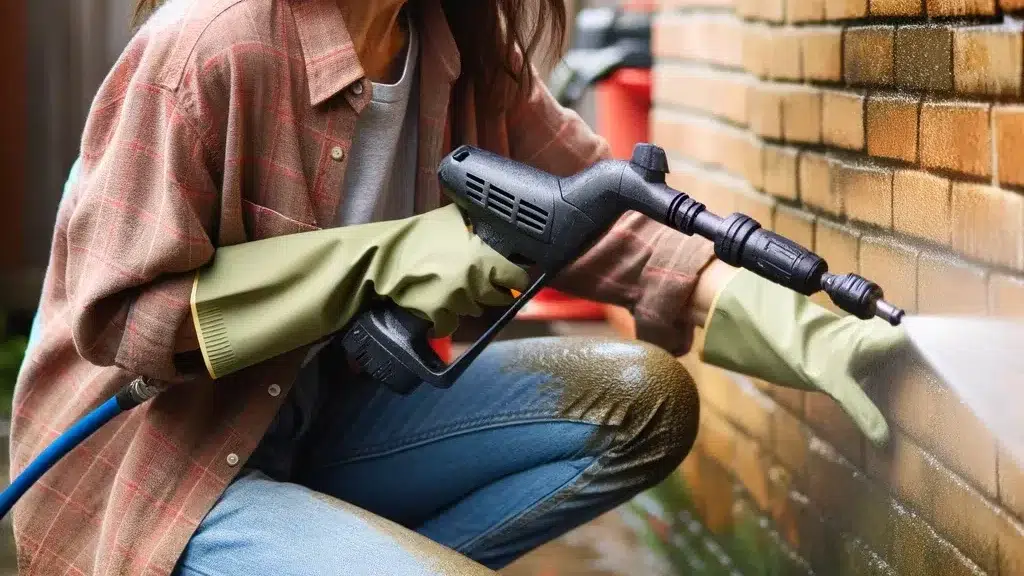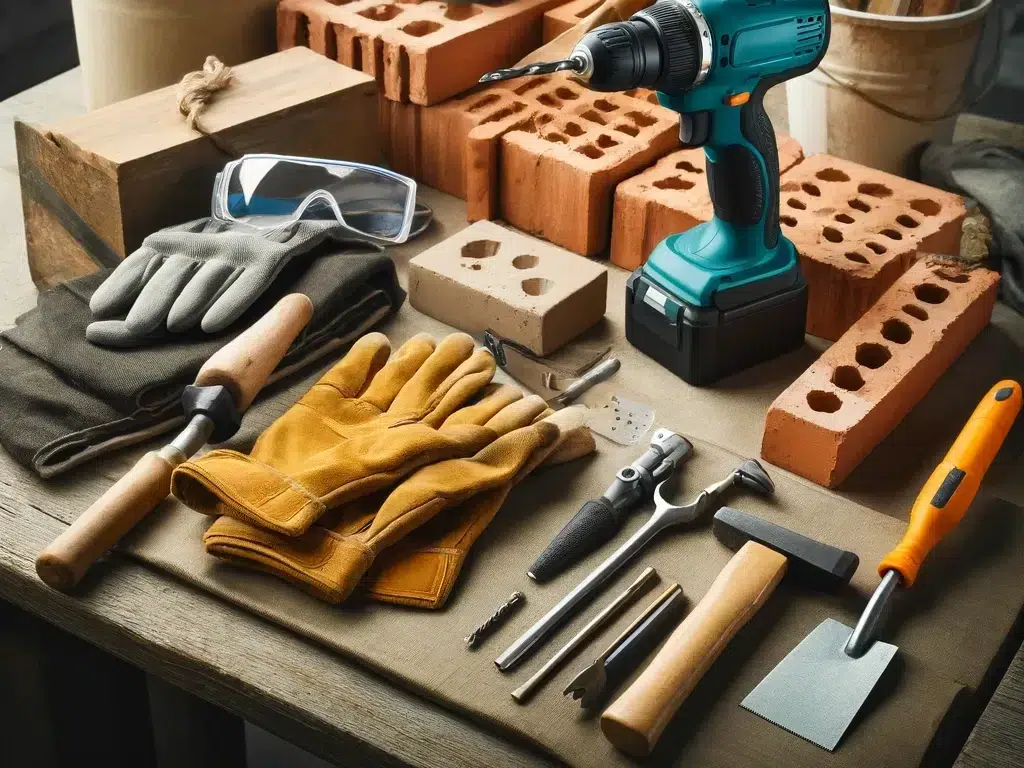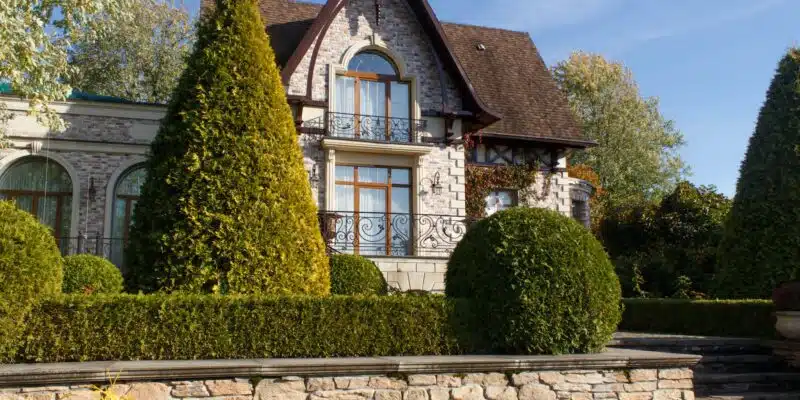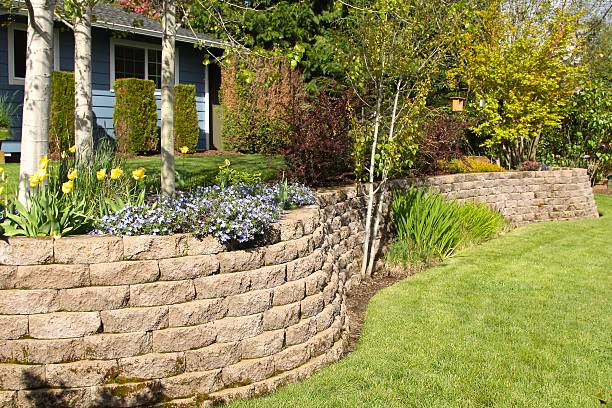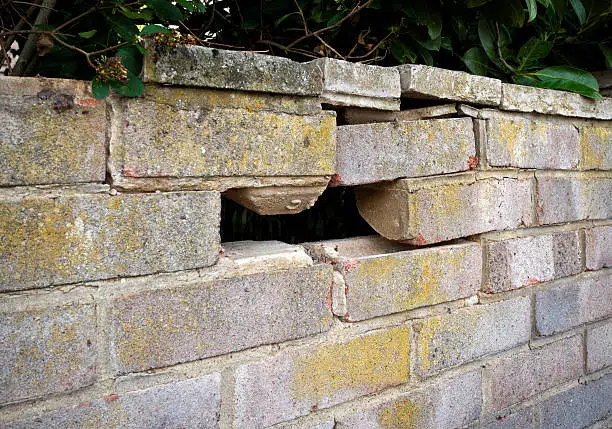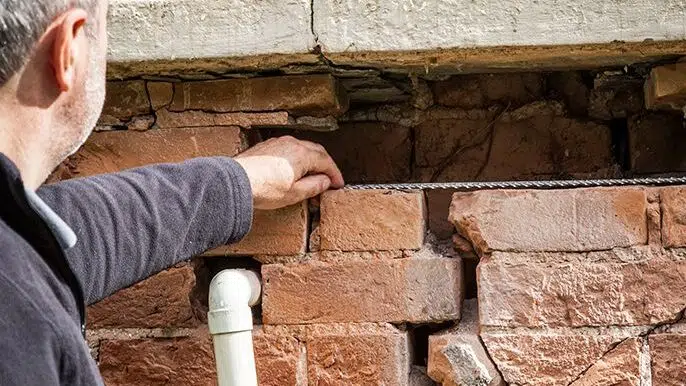Owning a historic brick home is a dream come true for many, offering a unique blend of charm, character, and architectural significance. However, with great beauty comes great responsibility. Maintaining and preserving the brick structure of your historic home requires knowledge, dedication, and often, specialized skills. This comprehensive guide will walk you through the essential aspects of assessing, restoring, and maintaining the brick in your historic home, ensuring its longevity and preserving its timeless appeal for generations to come.
1. Introduction
The Charm and Challenges of Owning a Historic Brick Home
Historic brick homes are treasures that offer a glimpse into the past, showcasing craftsmanship and architectural styles that have stood the test of time. From Victorian mansions to Colonial-era townhouses, these structures tell stories of the communities and individuals who built them. However, along with their undeniable charm comes a unique set of challenges:
- Aging materials that may require specialized care
- Outdated construction techniques that can lead to structural issues
- The need to balance modern comfort with historical authenticity
- Compliance with preservation guidelines and regulations
Importance of Proper Brick Maintenance in Historic Structures
Proper maintenance of brick in historic homes is crucial for several reasons:
- Structural Integrity: Well-maintained brick ensures the overall stability of your home.
- Historical Value: Preserving original brickwork maintains the home’s historical significance and potential market value.
- Energy Efficiency: Properly maintained brick walls can contribute to better insulation and energy conservation.
- Aesthetic Appeal: Well-kept brickwork enhances the visual appeal of your historic home.
- Long-term Cost Savings: Regular maintenance can prevent costly repairs or replacements in the future.
2. Assessing Your Historic Brick Home
Common Brick Issues in Older Homes
Before diving into repairs or restoration, it’s essential to understand the common issues that affect brick in historic homes:
- Mortar deterioration
- Spalling or flaking of brick surfaces
- Efflorescence (white, powdery deposits on brick surfaces)
- Structural cracks
- Water damage and moisture penetration
- Biological growth (moss, algae, or ivy)
How to Conduct a Preliminary Inspection
As a homeowner, you can perform a basic inspection of your brick structure:
- Visual Examination: Walk around your home, looking for visible cracks, discoloration, or missing mortar.
- Touch Test: Gently run your hand over the brick surface to feel for loose or crumbling areas.
- Moisture Check: Look for signs of water damage, such as damp spots or efflorescence.
- Mortar Assessment: Check the condition of mortar joints, looking for gaps or crumbling.
- Foundation Inspection: Examine the base of your walls for signs of settling or structural issues.
When to Call in a Professional Masonry Expert
While DIY inspections are valuable, certain situations warrant professional expertise:
- Large cracks or significant structural concerns
- Extensive water damage or persistent moisture issues
- Complex restoration projects involving historical materials
- When preparing for major renovations or additions
- If you’re unsure about the extent of damage or appropriate repair methods
3. Understanding Historic Preservation Guidelines
Local and National Historic Landmark Regulations
Historic homes often fall under specific regulations designed to preserve their character and historical significance. These may include:
- Local historic district guidelines
- State historic preservation office (SHPO) regulations
- National Register of Historic Places requirements
- Secretary of the Interior’s Standards for the Treatment of Historic Properties
Familiarize yourself with the specific guidelines applicable to your property to ensure compliance in all restoration efforts.
Balancing Preservation with Necessary Repairs
One of the biggest challenges in maintaining a historic brick home is finding the right balance between preserving original features and addressing necessary repairs. Consider the following principles:
- Prioritize repairs that address structural or safety concerns
- Use historically appropriate materials and techniques whenever possible
- Document all changes and repairs for future reference
- Seek professional advice when unsure about the impact of a repair on historical integrity
Working with Historic Preservation Committees
Many communities have historic preservation committees that oversee changes to historic properties. To work effectively with these committees:
- Establish early communication about your plans
- Prepare detailed documentation of proposed changes
- Be open to suggestions and alternative approaches
- Demonstrate how your plans align with preservation guidelines
- Be patient and willing to compromise to achieve mutually agreeable solutions
4. Brick Restoration Techniques for Historic Homes
Matching Original Materials and Mortar
When restoring brick in a historic home, it’s crucial to match the original materials as closely as possible:
- Source historically appropriate bricks, considering size, color, and texture
- Analyze the original mortar composition to create a matching mix
- Consider salvaging and reusing original bricks when possible
- Work with specialty suppliers who cater to historic restoration projects
Repointing and Tuckpointing
Repointing and tuckpointing are essential techniques for maintaining brick structures:
- Repointing involves removing deteriorated mortar and replacing it with new mortar
- Tuckpointing is a decorative technique that creates the illusion of fine joints in brickwork
- Both processes require skill to avoid damaging surrounding bricks
- Use appropriate tools and techniques to ensure a historically accurate finish
Addressing Structural Issues
Structural problems in historic brick homes require careful attention:
- Assess the root cause of structural issues (e.g., foundation settlement, water damage)
- Develop a comprehensive repair plan that addresses both symptoms and underlying causes
- Consider non-invasive stabilization techniques when possible
- Work with structural engineers experienced in historic preservation
Cleaning and Removing Stains Safely
Cleaning historic brick requires a gentle approach to avoid damage:
- Start with the mildest cleaning method possible (often water and a soft brush)
- Avoid high-pressure washing, which can damage old brick and mortar
- Use appropriate pH-neutral cleaners for stubborn stains
- Test cleaning methods on a small, inconspicuous area first
- Be patient and willing to repeat gentle cleaning processes rather than resorting to harsh methods
5. Preserving the Character of Your Historic Brick Home
Maintaining Original Features
Preserving original features is key to maintaining your home’s historical integrity:
- Document and photograph existing features before any work begins
- Repair rather than replace whenever possible
- If replacement is necessary, use historically accurate materials and techniques
- Preserve unique brick patterns, decorative elements, and architectural details
Appropriate Repair vs. Replacement
Deciding between repair and replacement requires careful consideration:
- Assess the extent of damage and its impact on structural integrity
- Consider the historical significance of the affected area
- Evaluate the long-term cost-effectiveness of repair versus replacement
- Consult with preservation experts to determine the best approach
Enhancing Energy Efficiency Without Compromising Integrity
Improving energy efficiency in a historic brick home requires a thoughtful approach:
- Focus on non-invasive improvements like weatherstripping and attic insulation
- Consider interior insulation methods that don’t alter the exterior appearance
- Restore or repair original windows rather than replacing them
- Explore historically appropriate storm windows or interior window inserts
- Implement smart heating and cooling systems that work with the home’s original design
6. Ongoing Maintenance for Historic Brick Structures
Regular Inspection Routines
Establish a regular inspection schedule to catch issues early:
- Conduct visual inspections at least twice a year
- Pay special attention after severe weather events
- Look for changes in brick color, texture, or alignment
- Check for signs of water infiltration or moisture problems
- Keep detailed records of inspections and any observed changes
Seasonal Care Tips
Tailor your maintenance efforts to the changing seasons:
- Spring: Clean gutters and downspouts, check for winter damage
- Summer: Monitor for insect infestations, trim vegetation away from walls
- Fall: Prepare for cold weather, seal any gaps or cracks
- Winter: Remove ice and snow carefully, watch for signs of frost damage
Preventing Future Damage
Proactive measures can prevent many common brick issues:
- Maintain proper drainage around the foundation
- Address any roof or gutter issues promptly
- Control moisture levels inside the home
- Avoid using harsh chemicals or abrasive cleaning methods
- Educate family members and contractors about proper care for historic brick
7. Hiring the Right Masonry Professional
Qualifications to Look For
When hiring a masonry professional for your historic home, consider:
- Experience with historic preservation projects
- Knowledge of traditional masonry techniques
- Familiarity with local historic preservation guidelines
- Proper licensing and insurance
- Membership in professional organizations focused on historic preservation
Questions to Ask Potential Contractors
Before hiring, ask potential contractors:
- Can you provide examples of similar historic restoration projects?
- What methods do you use to match historic mortar and brick?
- How do you approach preserving original features?
- Are you familiar with local historic preservation requirements?
- What steps do you take to minimize damage to surrounding areas during work?
The Importance of Experience with Historic Structures
Working with professionals experienced in historic structures ensures:
- Proper understanding of traditional building techniques
- Ability to navigate preservation guidelines and regulations
- Skill in matching historic materials and finishes
- Appreciation for the unique challenges of historic home restoration
- Commitment to preserving the integrity and character of your home
8. Conclusion
Long-term Benefits of Proper Brick Maintenance
Investing time and resources in proper brick maintenance for your historic home yields significant long-term benefits:
- Preservation of your home’s historical and architectural value
- Enhanced structural integrity and longevity
- Improved energy efficiency and comfort
- Potential increase in property value
- Reduced need for costly major repairs in the future
Preserving Your Home’s History for Future Generations
By properly maintaining and restoring the brick in your historic home, you’re not just caring for a building – you’re preserving a piece of history. Your efforts ensure that future generations can experience and appreciate the craftsmanship, design, and stories embedded in your home’s walls. Remember, each brick and mortar joint tells a story, and with proper care, these stories can continue to be told for centuries to come.
Owning a historic brick home is both a privilege and a responsibility. By understanding the unique needs of your property, following preservation guidelines, and working with experienced professionals, you can ensure that your home remains a beautiful and enduring testament to the past, present, and future. Embrace the journey of historic homeownership, and take pride in your role as a steward of architectural heritage.
\n\n\nWhat is your return policy?
Our return policy allows for returns within 30 days of purchase, as long as the item is in its original condition.
How long does shipping take?
Shipping typically takes 5-7 business days, depending on your location and the shipping method selected.
Do you offer international shipping?
Yes, we offer international shipping to select countries. Please check our website for more details.
Can I change my order after it’s been placed?
Changes to your order can be made within 1 hour of placement. After that, please contact customer support.
What payment methods do you accept?
We accept all major credit cards, PayPal, and other secure payment methods.

